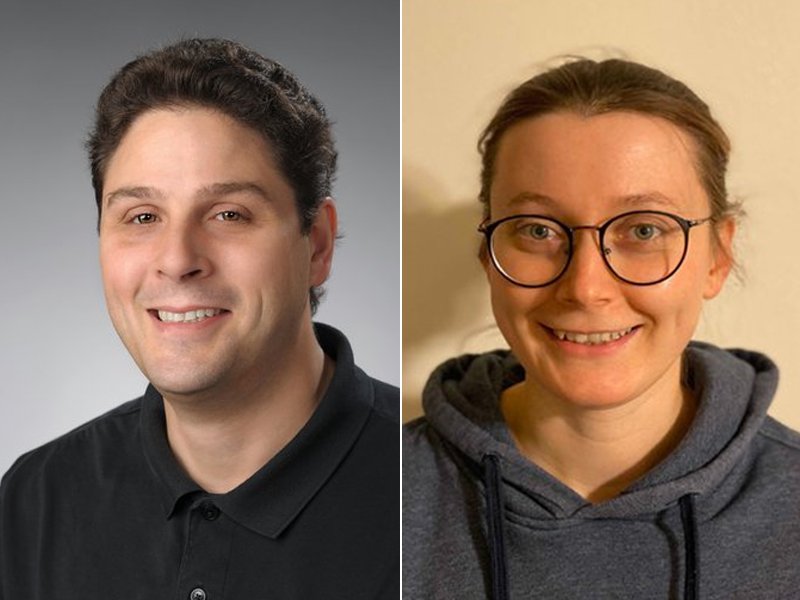A&S Physicists Part of NSF PAARE Grant to Diversify Astrophysics
The grant will establish a pathway to success for physics graduate students from underrepresented groups.

Through a National Science Foundation Partnerships in Astronomy and Astrophysics Research and Education (PAARE) grant of more than $1 million, Syracuse University will help create a new research and education program intended to diversify the field of gravitational-wave astrophysics, specifically to increase the number of Hispanic/Latinx students to the field.
The program builds on an existing collaboration between California State University Fullerton (CSUF), a primarily undergraduate Hispanic-serving institution, and Syracuse University. The existing PAARE program has supported eight graduate students from traditionally underrepresented backgrounds to graduate with their Ph.D. in physics from Syracuse University. The new award expands the existing CSUF-Syracuse program to two additional Ph.D.-granting partners: Northwestern University and Washington State University.
This program will provide a clear pathway for CSUF students to enter doctoral programs at these three partner universities, including financial and academic support as they transition. The program intends to provide students with a long-term road map for their STEM careers and ensure that admitted students complete the Ph.D. degree and facilitate their becoming leaders in gravitational-wave astrophysics by providing sustained mentoring and actively fostering partnership opportunities.
CSUF is the lead institution on the grant. Principal investigators at Syracuse University are Stefan W. Ballmer, professor of physics, and Georgia Mansell, assistant research professor of physics, both integrally involved with the Advanced Laser Interferometer Gravitational-Wave Observatory (LIGO), which provided the first direct observation of gravitational waves in 2015.
“Diversifying the astrophysics community is critically important, enabling a new crop of gravitational wave physicists and enriching the field,” says Mansell. “I'm proud to be involved in the PAARE grant, grateful to be part of a team that puts in the work when it comes to DEI, and happy that the NSF is investing in this initiative.”
Ballmer expects the first graduate students to begin graduate study at Syracuse through the partnership in 2023. “The program will provide a pathway and dedicated support for students all the way to their doctoral degree,” he says.
Ballmer was a member of the team that helped design and build the Advanced LIGO and has NSF funding to continue to develop upgrades. He is also principal investigator on the Cosmic Horizon Explorer Study, planning for the next generation of detectors.
Mansell joined Syracuse University in January 2021 and is currently working at the LIGO site in Hanford, Washington, preparing the detector for its upcoming observational run next year. She will be on campus to establish her own lab in Spring 2023.
“I am excited to be involved because I’ve worked with some of the current PAARE students who have come to the site through the LIGO collaboration’s fellows program,” says Mansell. “I am hoping future PAARE students will come and work in my lab at SU, once it's set up.”
